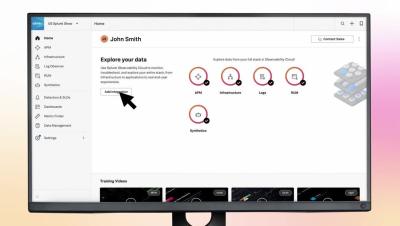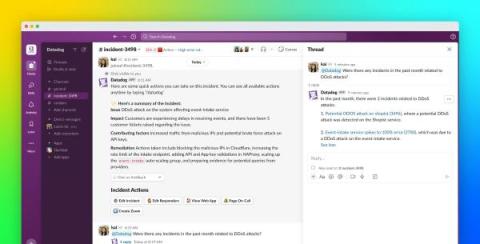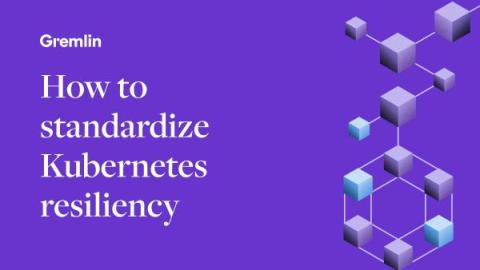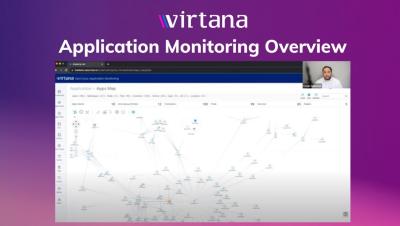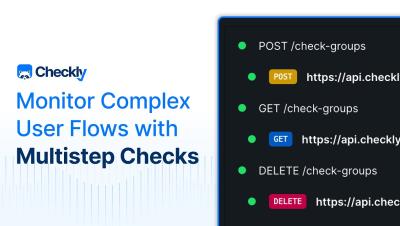What is Ransomware and how to prevent ransomware attacks
Find out what ransomware is and its types in this super easy beginner’s guide. This quick video guide explains how ransomware attacks work and the steps enterprises can take to mitigate ransomware. The video also answers questions on – what are the stages of a ransomware attack, what are the various ransomware encryption techniques, and best practices to prevent ransomware attacks.







